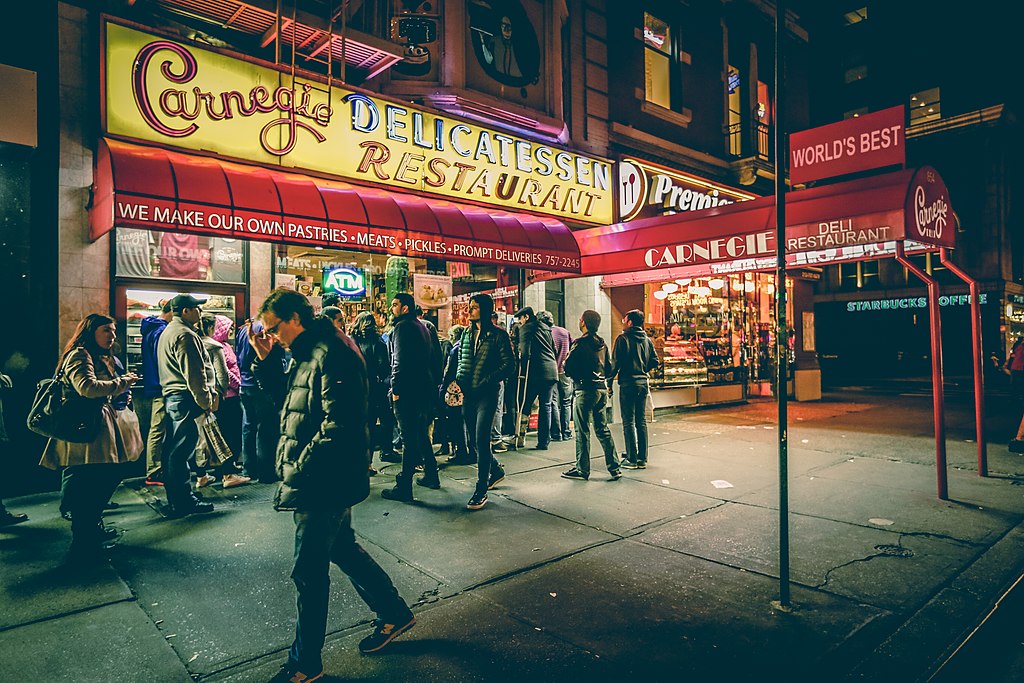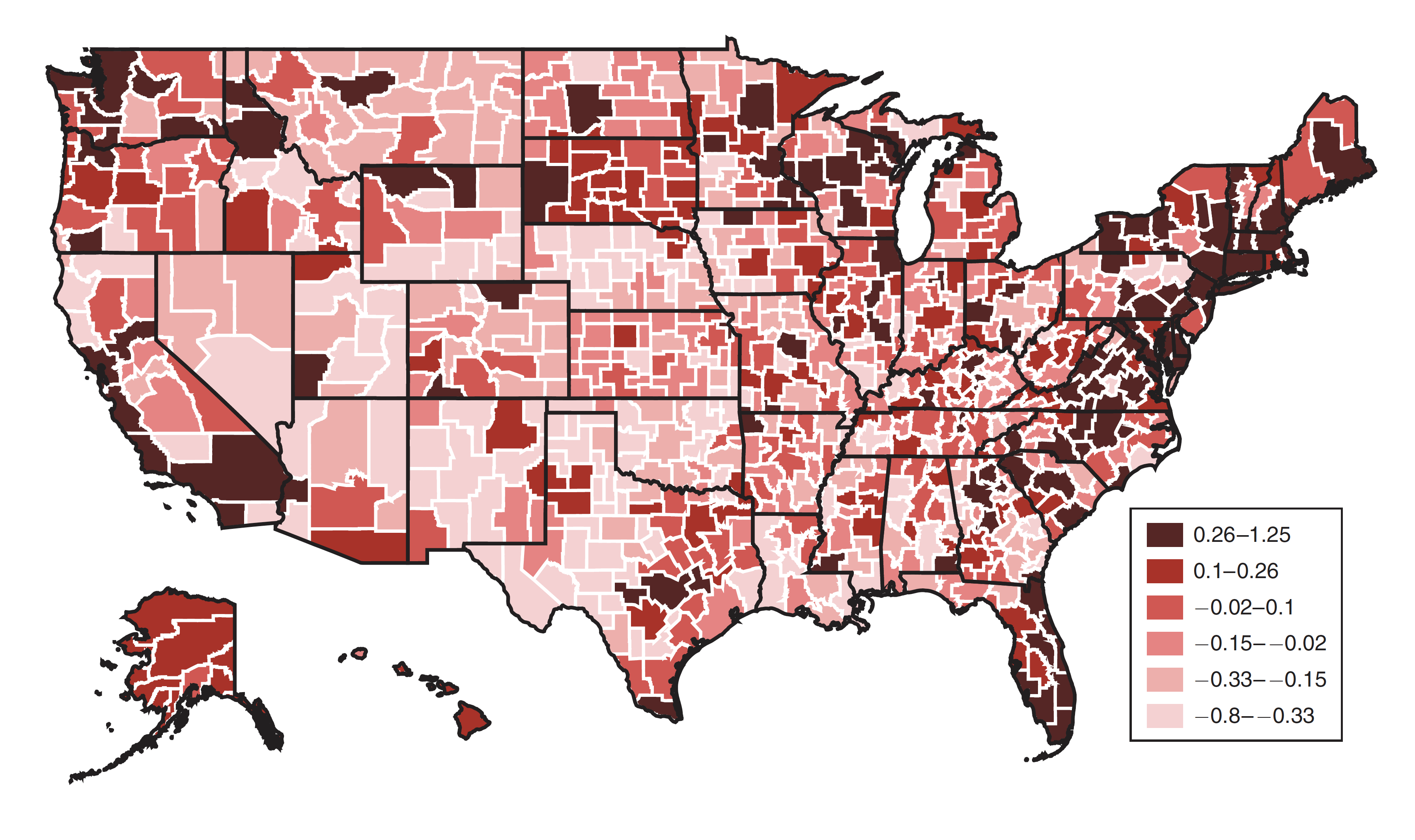These are the world’s cheapest and most expensive cities
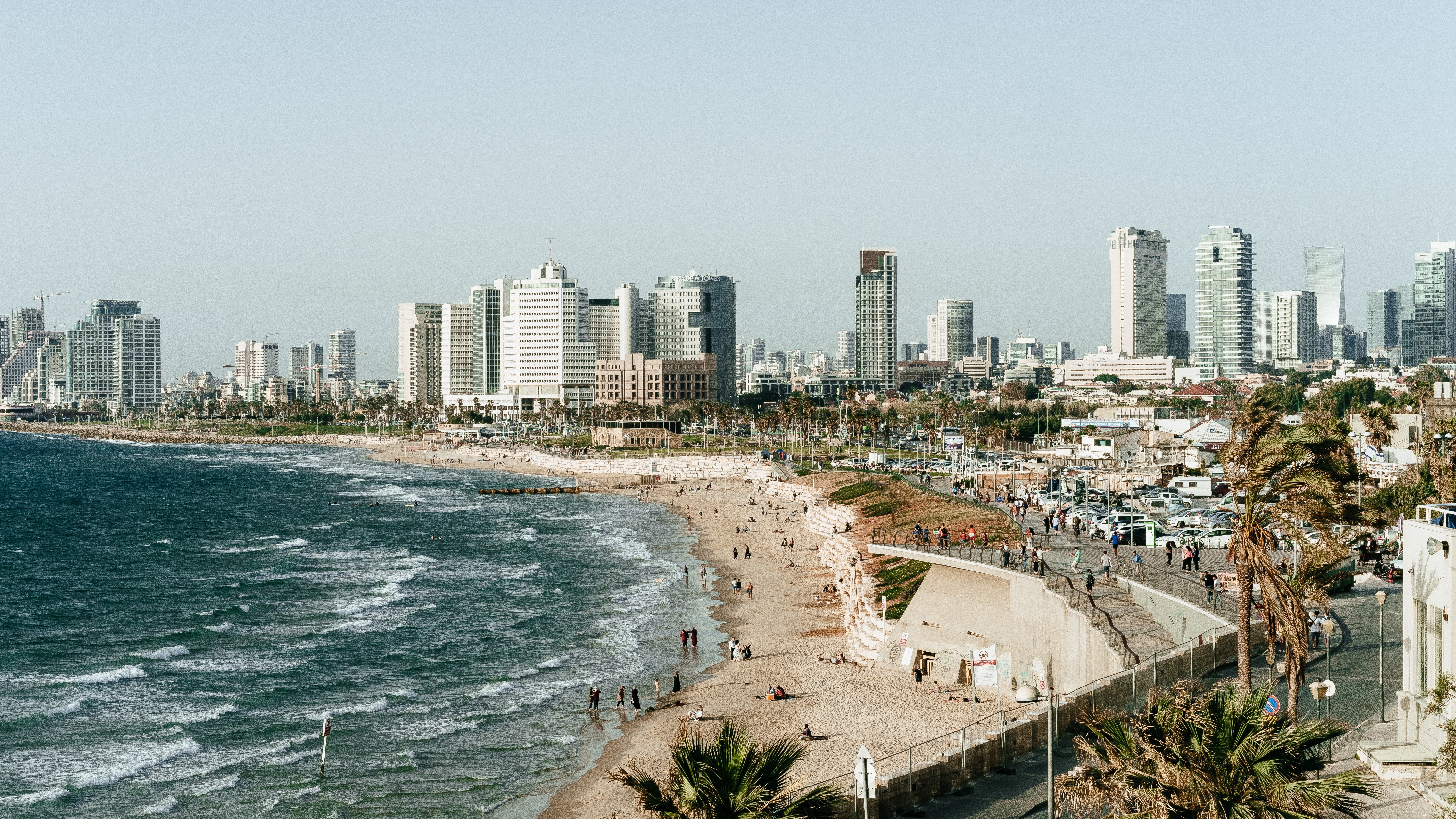
Tel Aviv has been awarded a title few urban centres would welcome after topping the global rankings for the city with the world’s highest cost of living.
The Israeli city displaced last year’s joint ‘winners’ Paris, Hong Kong and Zurich at the top of the Economist Intelligence Unit’s Worldwide Cost of Living 2021 index, which reflects a 12-month period that has been characterized by disruption.
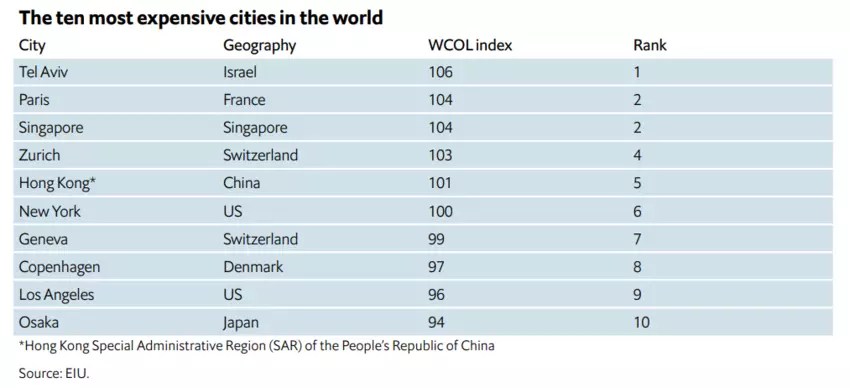
Inflation in Tel Aviv has soared as the pandemic, supply chain challenges and exchange rate shifts have pushed up prices. This mirrors a global increase in inflationary pressure that has caused the index to record its highest increase for five years, averaging 3.5% year-on-year compared to just 1.9% in 2020.
As a result, this year there has been something of a shake-up. Israel’s buoyant currency, coupled with increased costs for transport and groceries, saw Tel Aviv jump five places from last year, ahead of Paris and Singapore as the second-most costly cities to live in.
Zurich moved down to fourth place and Hong Kong to fifth, from joint-first with Paris last year.
The top 10 most expensive city list is completed by New York in sixth, followed by Geneva, Copenhagen, Los Angeles and Osaka.
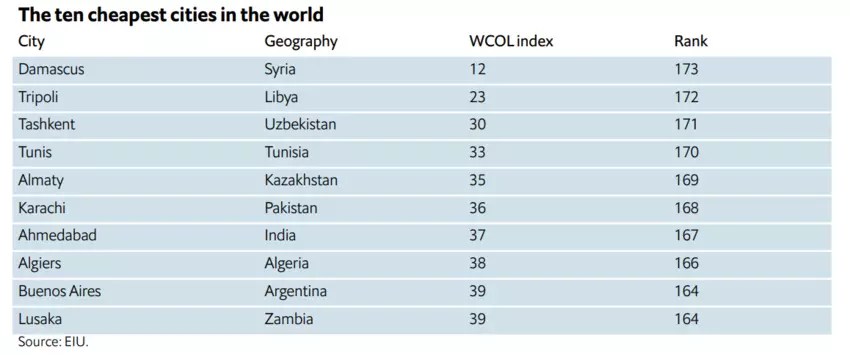
At the other end of the scale, the cheapest cities to live in are mainly in the Middle East and Africa or poorer parts of Asia.
A decade of conflict in Syria has depressed the country’s currency, the Syrian pound, leaving the capital city Damascus retaining last place in the index as the world’s cheapest to live in. Damascus ranked lowest in seven of the 10 pricing categories and among the lowest in the remaining three. Tripoli in Libya and Tashkent in Uzbekistan complete the index’s bottom three places.
Newcomers, climbers and fallers
Iran’s capital Tehran made the largest leap of the 173 cities surveyed, rising 50 places from 79th to 29th as US sanctions led to rising import prices and supply shortages – it was also the biggest climber last year. Other notable climbers include Reykjavik in Iceland, which jumped 21 places to 35th in this year’s ranking as items like transport and alcohol increased in price.
Going in the opposite direction, grocery and clothing price drops in Rome saw it move from 32nd to 48th on the index, the biggest downward movement.
This year saw 40 newcomers to the index, including seven US cities and 11 in China. Edinburgh in Scotland was the highest-ranked new entry as the 27th most expensive city.
The survey, which has been conducted for more than 30 years, compares local prices of more than 200 goods and services in each city with New York prices, with researchers collecting data each March and September. More than 50,000 individual prices are collected every six months.
Prices are expected to increase further in the coming year in many cities. However, if the rate of price inflation falls and lockdowns and supply chain disruptions decrease, there could be cause for optimism towards the end of 2022, the report notes.
Republished with permission of the World Economic Forum. Read the original article.

